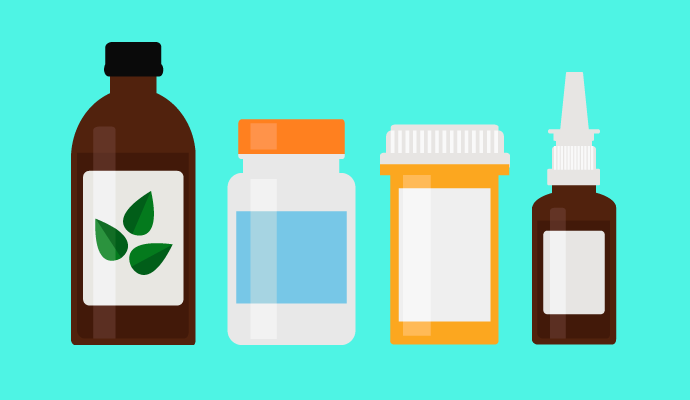Prices of Brand Name Migraine Medications Continue to Increase
A recent GoodRx report found that brand name prevention and treatment migraine medications that don’t have generics can have hefty price tags for consumers.

Source: Getty Images
- Although prices for migraine medications rose by 40 percent through 2017, they sharply declined at the beginning of 2018 and haven’t seen much of an increase since, according to a GoodRx report. That is, except for brand name medications.
Generic migraine medications, including eletriptan, rizatriptan, sumatriptan, and zolmitriptan, saw price decreases at the beginning of 2018. This led to the steep decline in the overall GoodRx List Price Index for migraine treatment, the report stated.
On the other hand, brand name medications saw the opposite trend.
Initrex and Zomig saw a slow price increase since 2014. Then, the price for the migraine injectable, D.H.E.45, rose by over 400 percent over the span of four years. It now has a list price of $11,767 for a carton of 10 ampules, researchers said.
But D.H.E.45 has been available in generic form since 2003, which should protect patients from the increase in cost.
Similarly, Migergot, a suppository to treat migraines, increased in price by 282 percent in 2019, totaling a list price of $1,685 for a box of 12 pills. But unlike D.H.E.45, there is not yet a generic for Migergot.
Specific prevention treatments have also varied in price since 2014, the study found, including Trokendi XR, Depakote, and Depakote ER.
Researchers noted that the main driver for the decrease in list prices for prevention medications is the continuous drop in the list price of divalproex ER, which is the generic version of Depakote ER.
“This isn’t surprising,” they said. “Generic drugs typically decrease in price the longer they are available, as more manufacturers enter the market and increase price competition.”
However, the biggest price hikes for prevention medications typically aren’t seen among brand name medication, but in widely used generics.
For example, amitriptyline and propranolol increased quickly in 2014, by 647 and 310 percent, respectively. Then from 2015 through the end of 2019, the prices of the drugs remained steady.
But just this year, both amitriptyline and propranolol have seen significant decreases.
The difference between the price changes among widely used generics and brand name drugs is that generics eventually saw significant price cuts following periods of increased prices.
Since 2018, there have been multiple new drug approvals in both the prevention and treatment categories.
Four of the new prevention medications are Aimovig, Ajovy, Emgality, and Vyepti.
Aimovig, Mjovy, and Vyepti are all injectables for the prevention of migraines. The four injectables have a similar price point of around $603 per dose.
Although Vyepti is the newest prevention medication and the first intravenous preventative migraine treatment. It also has the highest price point of $1,495 per dose.
One positive with this medication is that it is only administered every three months, while Aimovig, Mjovy, and Vyepti are administered every month.
The new treatment medications in the past few years come in tablet form. These include Reyvow and Ubrelvy, approved in 2019, and Nurtec, which were approved this year.
Individuals are instructed to take these medications when a migraine attack begins. So far, these treatments have been proven effective at stopping migraines quickly.
Additionally, they may not have as many cardiovascular side effects as some older medications.
There are many types of drugs available to treat and prevent migraines.
Older medications are generally more affordable than generics, but they also might not be as effective because they were developed with other conditions in mind, such as hypertension, depression, and epilepsy, researchers highlighted.
But recently, a new class of drugs called calcitonin gene-related peptide (CGRP) receptor antagonists was introduced as a potential migraine prevention treatment.
“Progress is being made in pharmacological research and experts are studying new ways that migraine medications can work. But as we’ve seen, brand-name drugs that don’t have generics yet can come with hefty price tags,” researchers said.
“Still, more research is necessary for this prevalent condition, and if the last couple years have been any indication, it seems like even more exciting new developments are yet to come.”
